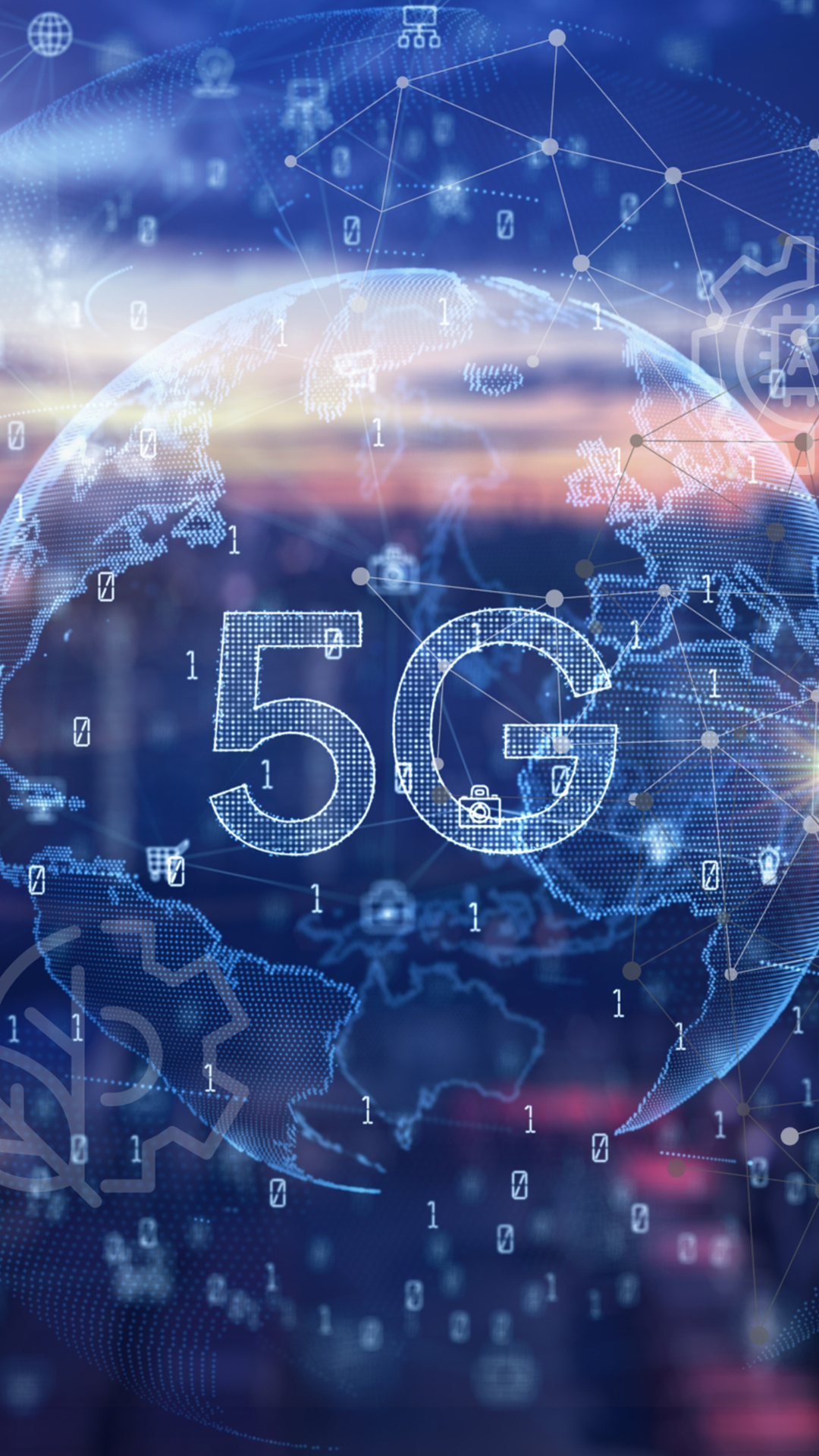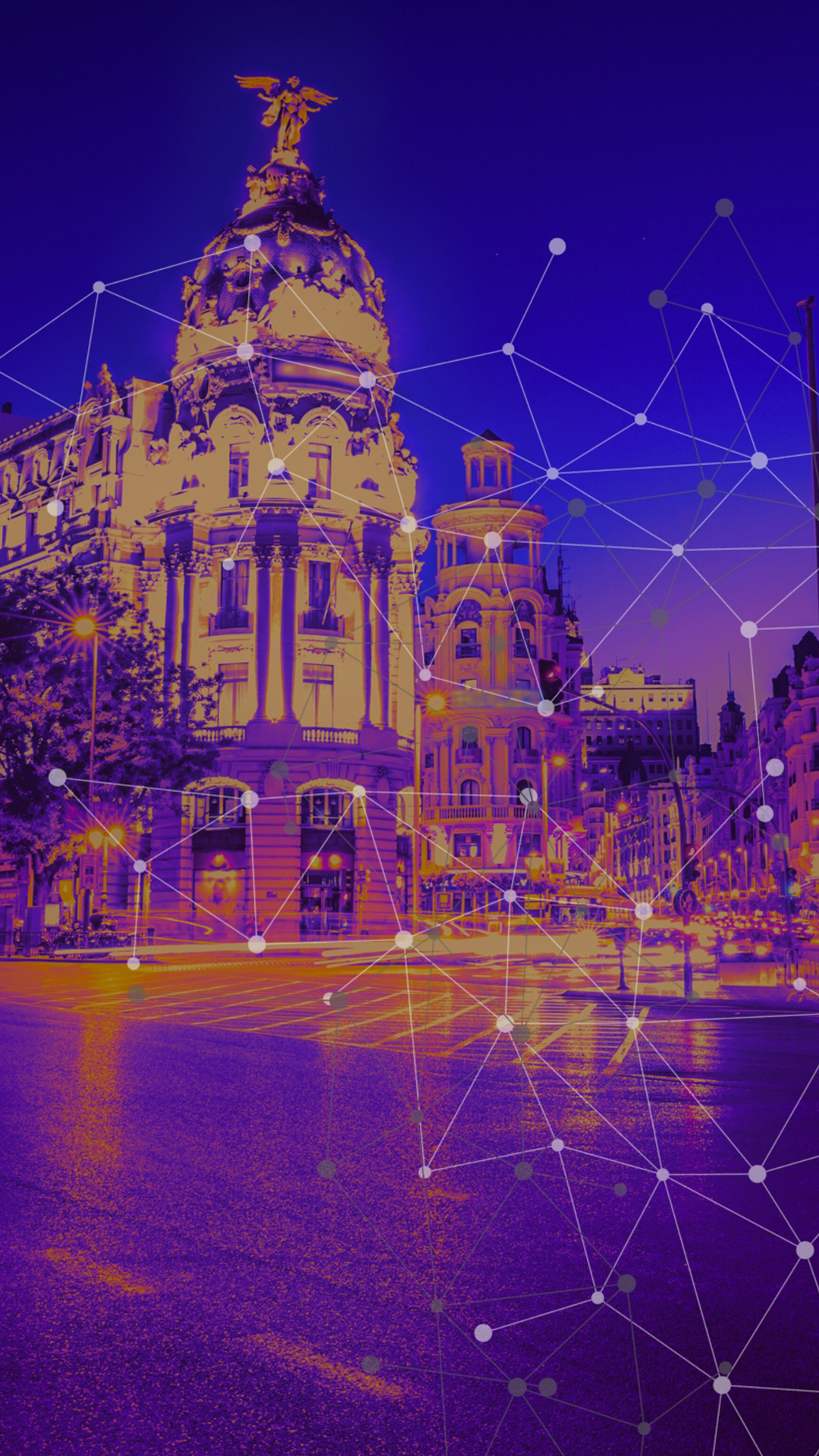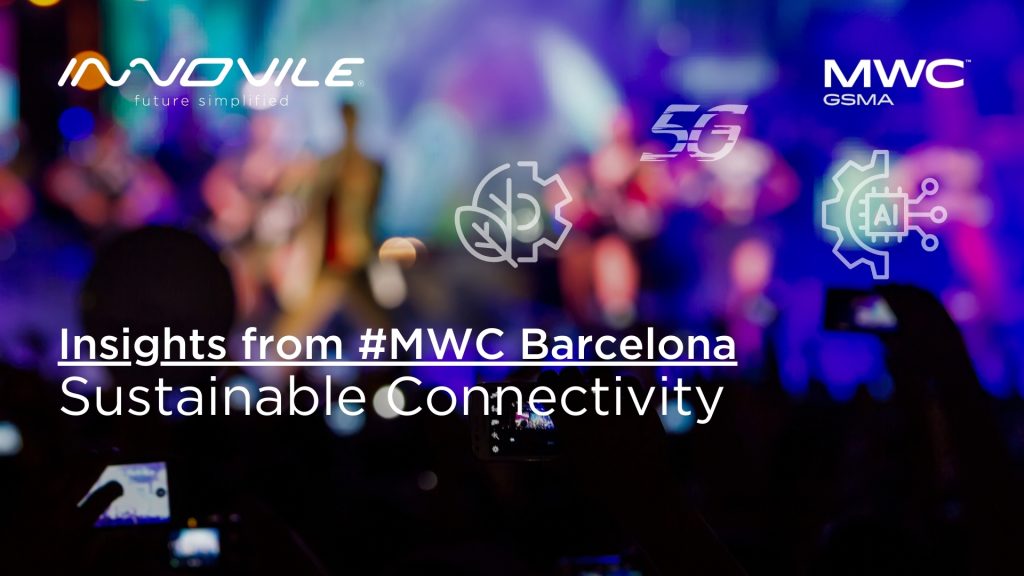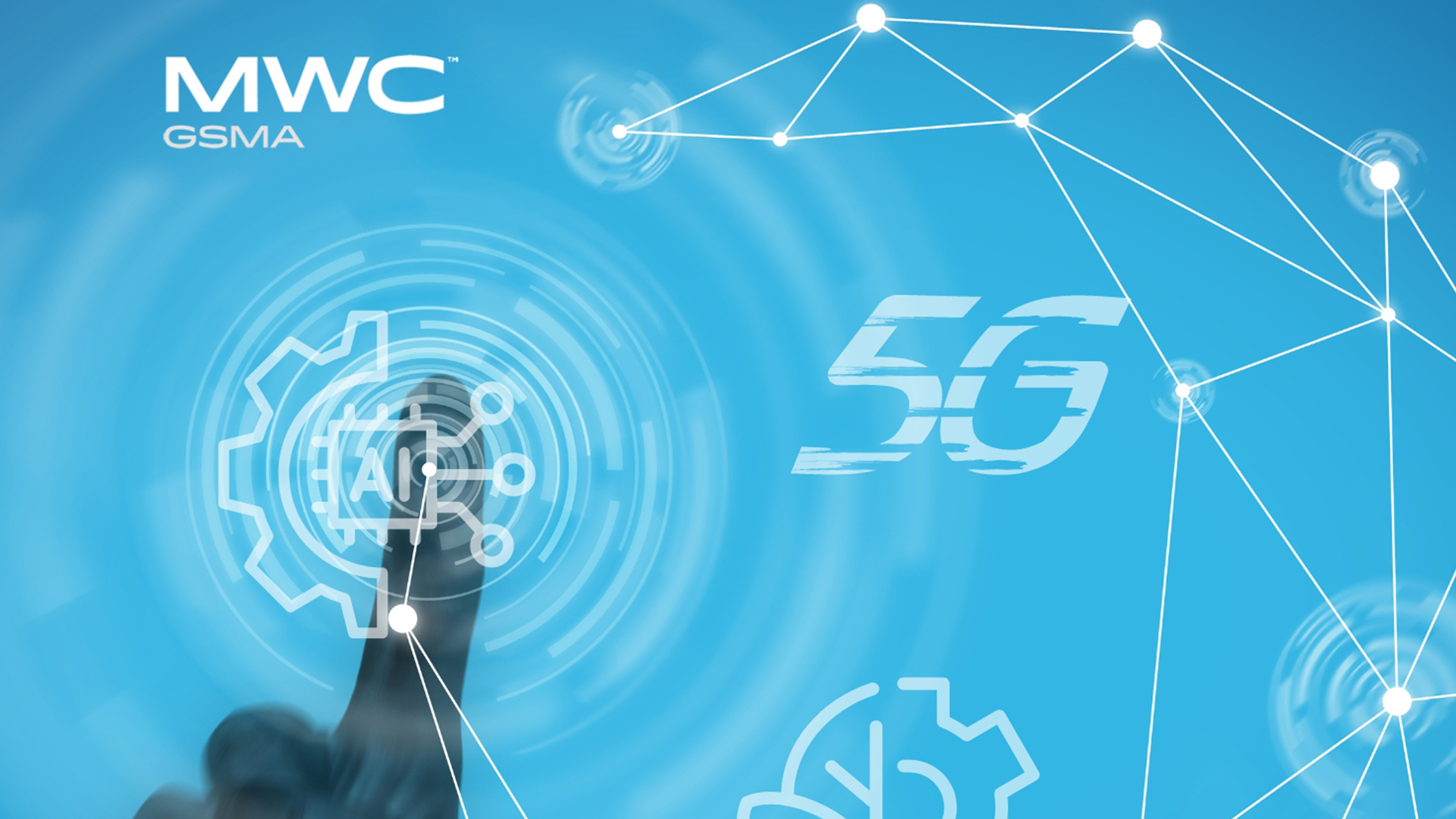Introduction
The MWC 2024 Barcelona Congress, the premier event in the global telecommunications calendar, has just wrapped up, leaving industry professionals and technology enthusiasts buzzing with anticipation for what the future holds. As a pivotal hub for innovation and collaboration, this year’s Congress did not disappoint, offering a glimpse into the transformative potential of upcoming technologies. The spotlight was on mobile network automation, the rapid expansion and integration of 5G networks, and the transformative application of artificial intelligence (AI) in Telco Network Management to drive unprecedented energy efficiency.
But why do these developments stand out in an era constantly on the brink of the next giant technological leap? The answer lies in the foundational shifts these advancements promise for the telecommunications landscape. The Congress showcased incremental improvements and radical changes in network operations, catering to the rising demands of a digitally-driven society and aligning with global sustainability goals.
Index
From the unveiling of cutting-edge technologies and solutions that promise to automate and optimize network operations to panels and keynotes that painted a vivid picture of a future where 5G connectivity is as ubiquitous and essential as electricity, the MWC 2024 Barcelona Congress served as both a showcase and a brainstorming platform for the brightest minds in tech. It underscored the critical role of telecommunications in enabling smart cities, IoT ecosystems, remote healthcare, autonomous transport, and much more. It also highlighted the industry’s commitment to reducing its carbon footprint through more ingenious, AI-driven processes.
In this blog post, we’ll dive into the key takeaways from Congress, examining how these technological leaps shape the telecommunications industry and society. We’ll explore the potential of mobile network automation to revolutionize network management, the expansion of 5G and its role in connecting everything from devices to cities, and how embracing AI in Telco Network Management sets new energy efficiency standards. Join us as we unpack the future of telecommunications today.
Mobile Network Automation: A Leap Forward
The Congress spotlighted significant advancements in mobile network automation, with AI and Machine Learning (ML) technologies taking center stage. These innovations are not just theoretical; they drive networks towards unprecedented efficiency and reliability. This leap forward is poised to dramatically reduce operational costs and enhance user experiences, marking a pivotal moment for network operators worldwide.
Examples and Use Cases:
Predictive Maintenance:
Utilizing AI algorithms to analyze patterns and predict potential network failures before they occur. For instance, an operator could deploy ML models that monitor network equipment health in real-time, predicting failures and automatically rerouting traffic to prevent service disruptions.
Dynamic Traffic Management:
AI-driven systems that analyze data traffic in real-time, adjusting bandwidth allocation dynamically to manage congestion and maintain service quality. During peak usage, these systems can prioritize critical communications, such as emergency services, ensuring that vital connections remain uninterrupted.
Energy Optimization:
Leveraging ML to optimize energy consumption across the network infrastructure by analyzing usage patterns, these systems can identify when and where to reduce power usage without impacting service quality, significantly lowering energy costs and contributing to sustainability efforts.
Automated Service Provisioning:
Instantaneous provisioning of network services and resources through AI automation allows for the rapid deployment of new services or adjustment of existing ones in response to customer demand, all without manual intervention. For example, during peak hours, it automatically scales up IoT connectivity for a city’s traffic management system.
Network Security and Anomaly Detection:
Employing advanced ML algorithms to monitor network traffic for unusual patterns that may indicate security threats can detect and mitigate potential attacks in real time, significantly enhancing network security.
Customer Experience Management:
Using AI to analyze service performance data from the user’s perspective can involve identifying areas where users frequently experience poor service and automatically applying optimizations to improve service quality, thus directly enhancing the user experience.
These examples underscore how mobile network automation, powered by AI and ML, revolutionizes Telco Network Management. By adopting these technologies, operators can improve operational efficiencies and service reliability and pave the way for innovative services that meet the evolving needs of consumers and businesses alike. This transformation is integral to realizing the full potential of 5G networks and beyond, setting a new digital-age connectivity standard.
5G AND THE CONNECTIVITY OF EVERYTHING
At the heart of the digital revolution, 5G technology has transcended its initial promise of high-speed internet to become a cornerstone of modern connectivity. The MWC 2024 Barcelona Congress highlighted the pivotal role of 5G in enabling a more interconnected world, where the seamless integration of devices, systems, and services across various domains is not just a vision but a rapidly unfolding reality.
Smart Cities: One of the standout themes at MWC 2024 was the transformation of urban environments into smart cities powered by 5G connectivity. Smart cities leverage 5G to integrate IoT sensors, AI, and big data analytics, facilitating efficient urban management and improved quality of life. For instance, 5G enables real-time data collection and analysis for traffic management, reducing congestion and pollution. It also supports public safety initiatives by enhancing emergency response capabilities through faster and more reliable communication networks.
Autonomous Transport: The Congress showcased significant advancements in autonomous transport, emphasizing how 5G’s low latency and high reliability are crucial for the operation of autonomous vehicles. 5G allows vehicles to communicate with each other and infrastructure, making real-time decisions for road safety and efficiency (V2X communication). This technology is pivotal in reducing traffic accidents, optimizing traffic flows, and paving the way for new mobility services.

5G AND THE CONNECTIVITY OF EVERYTHING
At the heart of the digital revolution, 5G technology has transcended its initial promise of high-speed internet to become a cornerstone of modern connectivity. The MWC 2024 Barcelona Congress highlighted the pivotal role of 5G in enabling a more interconnected world, where the seamless integration of devices, systems, and services across various domains is not just a vision but a rapidly unfolding reality.

Smart Cities: One of the standout themes at MWC 2024 was the transformation of urban environments into smart cities powered by 5G connectivity. Smart cities leverage 5G to integrate IoT sensors, AI, and big data analytics, facilitating efficient urban management and improved quality of life. For instance, 5G enables real-time data collection and analysis for traffic management, reducing congestion and pollution. It also supports public safety initiatives by enhancing emergency response capabilities through faster and more reliable communication networks.
Autonomous Transport: The Congress showcased significant advancements in autonomous transport, emphasizing how 5G’s low latency and high reliability are crucial for the operation of autonomous vehicles. 5G allows vehicles to communicate with each other and infrastructure, making real-time decisions for road safety and efficiency (V2X communication). This technology is pivotal in reducing traffic accidents, optimizing traffic flows, and paving the way for new mobility services.
IoT Ecosystems: The expansion of 5G has catalyzed the growth of IoT ecosystems, connecting billions of devices across homes, industries, and cities. MWC 2024 highlighted innovative IoT applications, from intelligent agriculture that uses sensors and data analytics to optimize crop yields to industrial IoT (IIoT) solutions that enhance manufacturing efficiency and safety. 5G’s ability to support massive device connectivity, high data rates, and ultra-reliable communication is unlocking new levels of automation and intelligence in IoT deployments.
Healthcare Innovation: Another critical area of the 5G application discussed at the Congress was healthcare. 5G’s high-speed and reliable connectivity enables telemedicine, remote monitoring, and even remote surgery, breaking down geographical barriers to healthcare access and improving patient outcomes. The low latency of 5G is essential for transmitting real-time data and high-definition images during telehealth consultations and remote medical procedures, ensuring that healthcare professionals can make informed decisions quickly.
Challenges and Opportunities: While the Congress celebrated the achievements and potential of 5G, it also addressed the challenges ahead. These include ensuring universal access to 5G, safeguarding cybersecurity in an increasingly connected world, and managing the energy demands of expanding networks. As we navigate these challenges, the opportunities for innovation and societal advancement through 5G connectivity remain boundless.
Embracing AI for Energy Efficiency in Telco Networks
The MWC 2024 Barcelona Congress shed light on a transformative approach to telecom network management that marries technological innovation with environmental stewardship. At the forefront of this movement is integrating AI-driven Self-Organizing Networks (SON) to enhance energy efficiency across telecom infrastructures. This paradigm shift is pivotal for reducing operational expenses and is instrumental in steering the telecom industry toward a more sustainable future.
SON and AI: A Synergy for Sustainability
Self-organizing networks (SON) harness AI algorithms to automate mobile network configuration, optimization, and healing. When it comes to energy efficiency, AI enables SON systems to analyze network traffic patterns intelligently, dynamically adjusting the power usage of network elements based on demand. For instance, during off-peak hours, certain network parts can be powered down or operated at lower capacity, significantly reducing energy consumption without compromising service quality.
Dynamic Energy Saving Features
Advanced AI algorithms enable high-accuracy prediction of traffic loads, allowing for proactive adjustments to energy usage. Features such as energy-saving modes are dynamically applied to base stations and other network components, tailoring their operation to actual demand. It minimizes energy wastage and prolongs the lifespan of hardware components, contributing further to sustainability goals.
Renewable Energy Integration
AI and SON technologies facilitate the integration of renewable energy sources into telecom networks. Networks can optimize green energy use by predicting solar and wind energy generation patterns and reducing reliance on fossil fuels and carbon footprint.
Operational Efficiency and Cost Savings
Beyond sustainability, the energy efficiency gains achieved through AI-driven SON contribute to significant operational cost savings for telecom operators. Lowering energy consumption reduces bills, and efficient network management reduces labor costs.
Challenges and Future Directions
Integrating AI for energy efficiency in telecom networks is challenging. It requires substantial initial investment in technology and training, alongside the need to navigate complex regulatory and security considerations. However, the long-term benefits, including cost savings and contributions to environmental sustainability, present a compelling case for operators to adopt this approach.
As discussions at the MWC 2024 Barcelona Congress highlighted, the telecom industry is on the cusp of a green revolution, with AI-driven SON at its helm. This approach aligns with global sustainability goals and paves the way for developing efficient and environmentally responsible telecom networks. The future of telecom, as envisaged at the Congress, is one where networks connect us and do so in a way that preserves the planet for future generations.

Conclusion
The Role of Open RAN, Open APIs, and Cloudification in Modern Telecom Networks
The MWC 2024 Barcelona Congress illuminated the transformative impact of Open RAN, Open APIs, and cloudification on the telecommunications industry, showcasing these technologies as pivotal to driving innovation, efficiency, and sustainability in network operations.
Open RAN (Radio Access Network): A Catalyst for Flexibility and Efficiency
Open RAN is a revolutionary approach to designing and managing radio access networks. By decoupling hardware from software and leveraging standards and open interfaces, Open RAN enables a more competitive ecosystem of solutions and vendors, fostering innovation and reducing dependency on proprietary systems. This flexibility allows telecom operators to deploy more energy-efficient hardware and software solutions, dynamically adapt network capabilities to real-time demands, and significantly reduce energy consumption through more intelligent network management. For instance, operators can implement advanced algorithms that adjust the radio network’s energy usage based on traffic patterns, leading to substantial energy savings.

Conclusion
The Role of Open RAN, Open APIs, and Cloudification in Modern Telecom Networks
The MWC 2024 Barcelona Congress illuminated the transformative impact of Open RAN, Open APIs, and cloudification on the telecommunications industry, showcasing these technologies as pivotal to driving innovation, efficiency, and sustainability in network operations.
Open RAN (Radio Access Network): A Catalyst for Flexibility and Efficiency
Open RAN is a revolutionary approach to designing and managing radio access networks. By decoupling hardware from software and leveraging standards and open interfaces, Open RAN enables a more competitive ecosystem of solutions and vendors, fostering innovation and reducing dependency on proprietary systems. This flexibility allows telecom operators to deploy more energy-efficient hardware and software solutions, dynamically adapt network capabilities to real-time demands, and significantly reduce energy consumption through more intelligent network management. For instance, operators can implement advanced algorithms that adjust the radio network’s energy usage based on traffic patterns, leading to substantial energy savings.
Open APIs: Enhancing Interoperability and Innovation
Open APIs (Application Programming Interfaces) in telecommunications enable different software components and systems to communicate and work together seamlessly. This interoperability is crucial for creating more efficient and scalable network management solutions. By leveraging Open APIs, telecom operators can integrate diverse systems for better monitoring and optimizing network performance, including energy usage. Open APIs facilitate the development of innovative applications and services that can monitor, manage, and optimize network resources in real time, contributing to overall network sustainability.
Cloudification: The Path to Agile and Energy-Efficient Networks
Cloudification refers to transforming network functions and services to cloud-based platforms, enabling greater agility, scalability, and cost-efficiency. This shift allows telecom operators to leverage the inherent efficiencies of cloud computing, including reduced physical infrastructure, optimized resource utilization, and lower energy consumption. Cloud-native network functions can be dynamically scaled and adapted based on demand, ensuring energy is not wasted on underutilized resources. Additionally, cloud platforms can implement sophisticated energy management practices across their data centers, further enhancing the sustainability of telecom networks.
Synergizing Open RAN, Open APIs, and Cloudification for Sustainability
The integration of Open RAN, Open APIs, and cloudification represents a comprehensive approach to redefining the architecture and operation of telecom networks. These technologies enable a network infrastructure that is adaptable, efficient, and sustainable, meeting the demands of the digital age while minimizing environmental impact. By embracing these innovations, telecom operators can significantly enhance network performance and reliability, reduce operational costs, and contribute to global sustainability goals.
As showcased at the MWC 2024 Barcelona Congress, the future of telecom networks lies in open, interoperable, and cloud-based architectures. These advancements promise to revolutionize how networks are built and managed and how they can evolve to become more energy-efficient and sustainable in the long run.
Explore Innovile’s sustainable Telco solutions. Don’t hesitate to get in touch with us to book a meeting.

